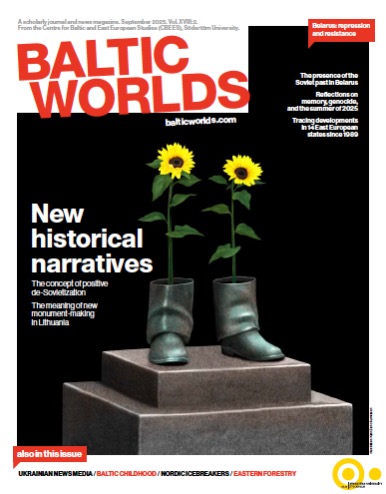Doctoral Thesis. Review Series 2025:1 ”Digital spaces are often the only venues where dissent and mobilization can take place”
Alesia Rudnik is a political scientist based in Sweden, originally from Belarus. Her research has been published in journals such as Europe-Asia Studies, Communist and Post-Communist Studies, Media, War & Conflict and Internet Policy Review. She is also a regular contributor to Baltic Worlds (see for example the co-authored article with Malin Rönnblom in BW, vol. 17, no. 4, 2024). She currently serves as the Director of the Center for New Ideas, an independent Belarusian think tank operating in exile. She previously led a Belarusian diaspora organization in Sweden and was awarded “European of the Year 2022” in Sweden for her civic engagement. Rudnik’s academic work focuses on the relationship between people and technology in the context of political protests under authoritarian regimes. On September 12, 2025, she defended her doctoral dissertation in political science at Karlstad University, titled Machinery of Dissent: People and Technology in Political Protests in Autocracies. In conversation with Baltic Worlds, Dr. Rudnik reflects on research in Sweden concerning Belarus, the 2020 Belarusian protests, and the role of digital platforms in mobilizing protest movements within authoritarian contexts.

 Issue 2025, 2:
Issue 2025, 2: